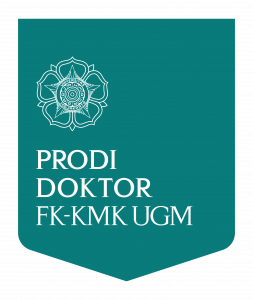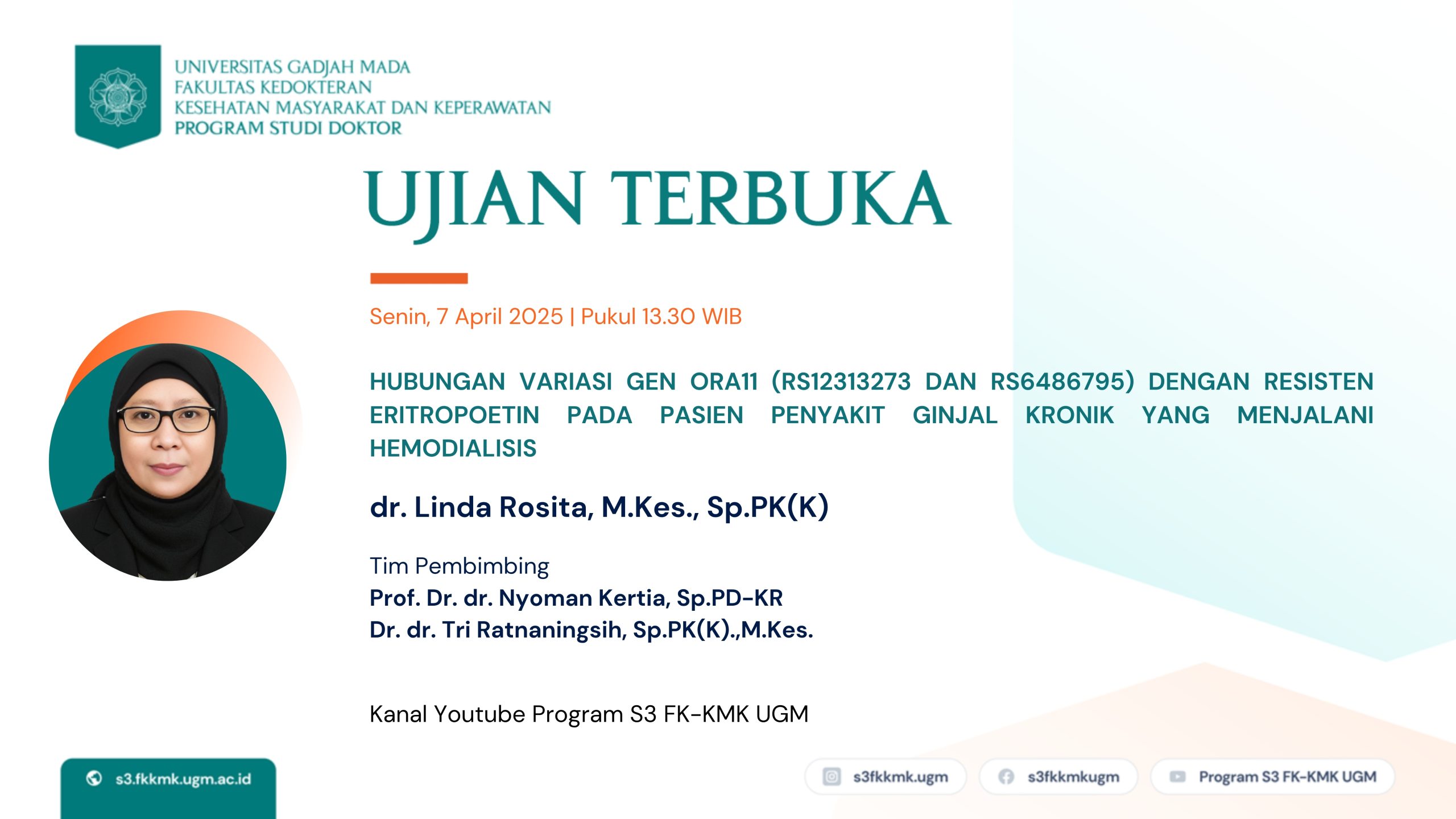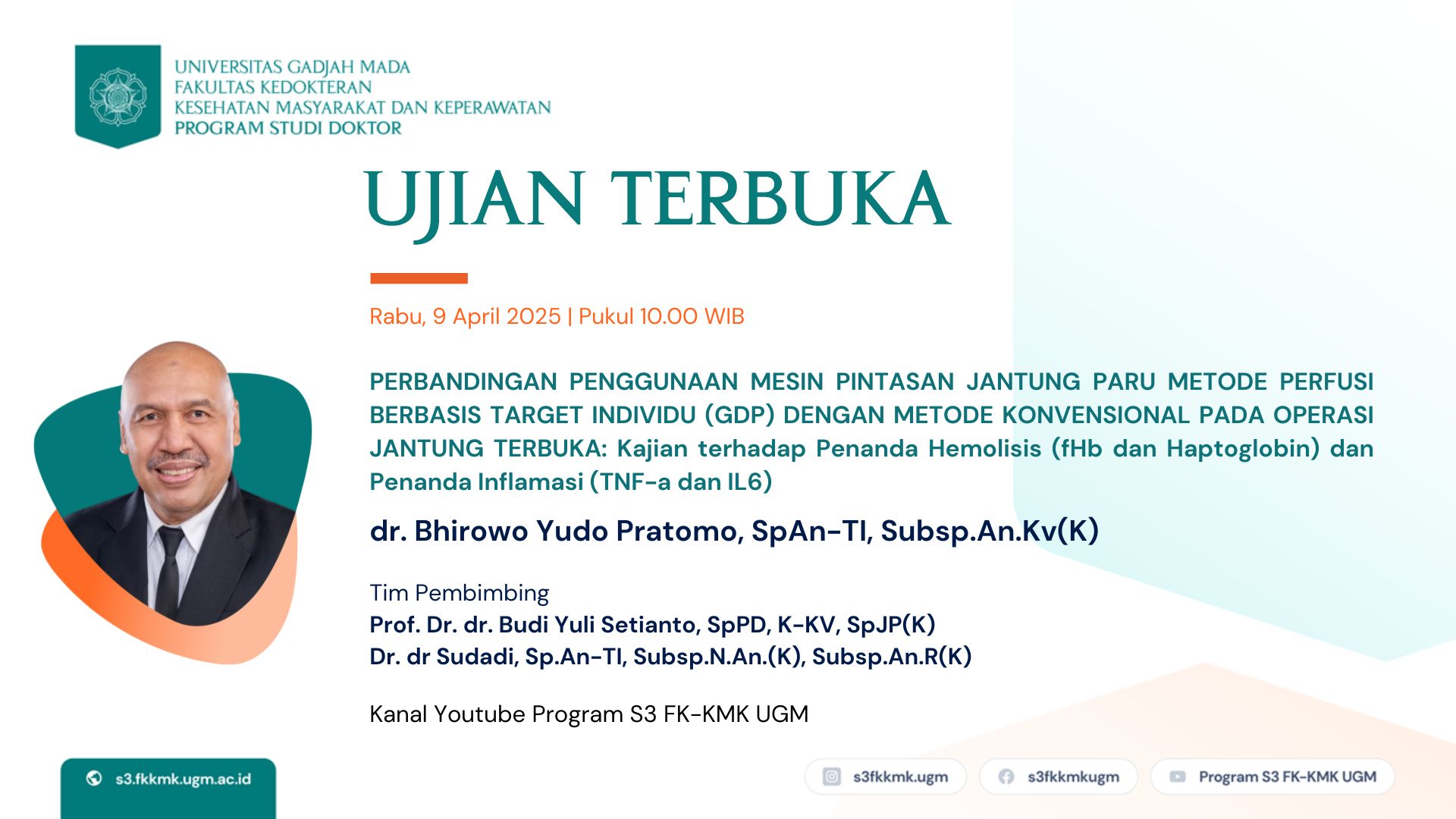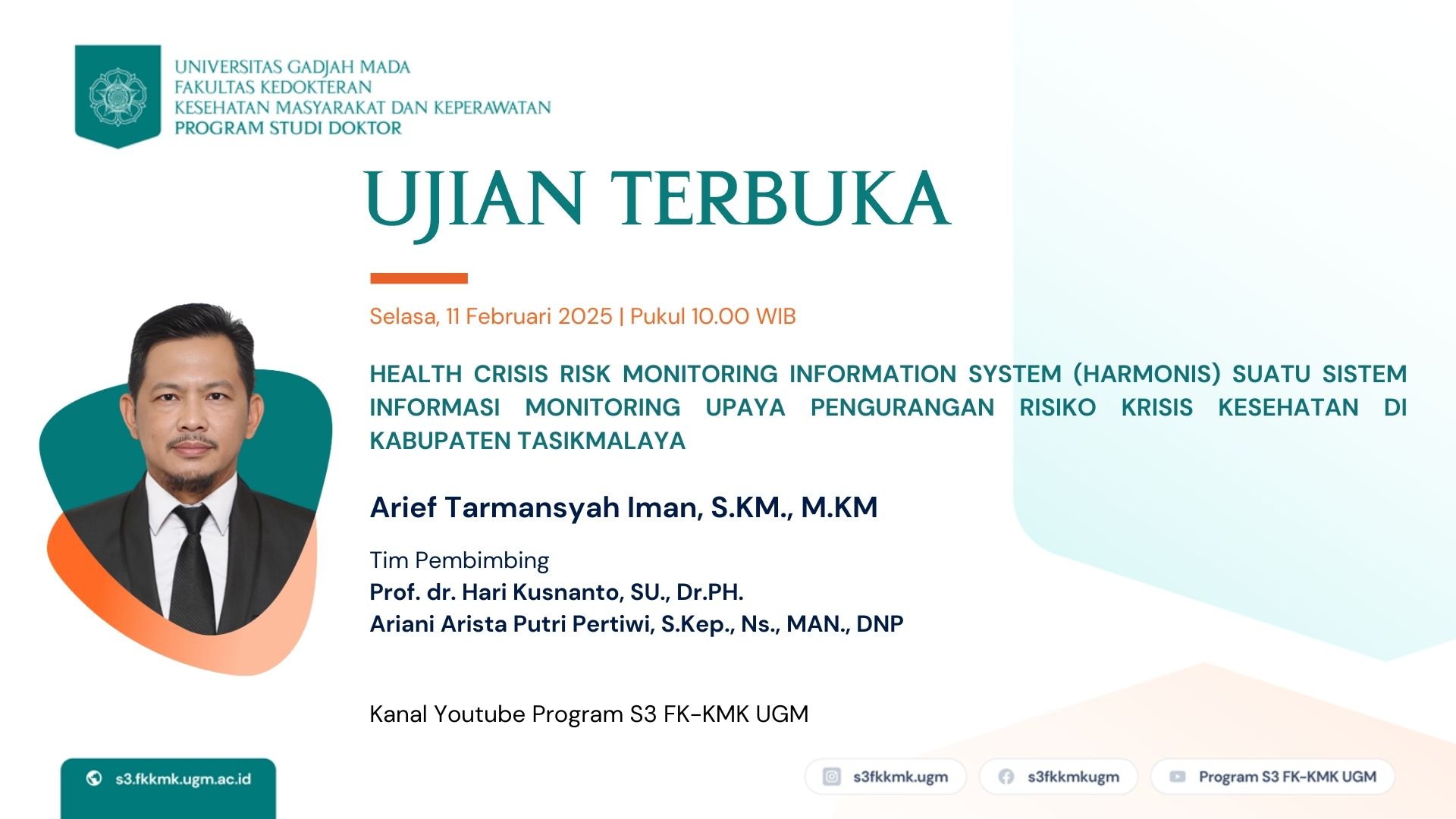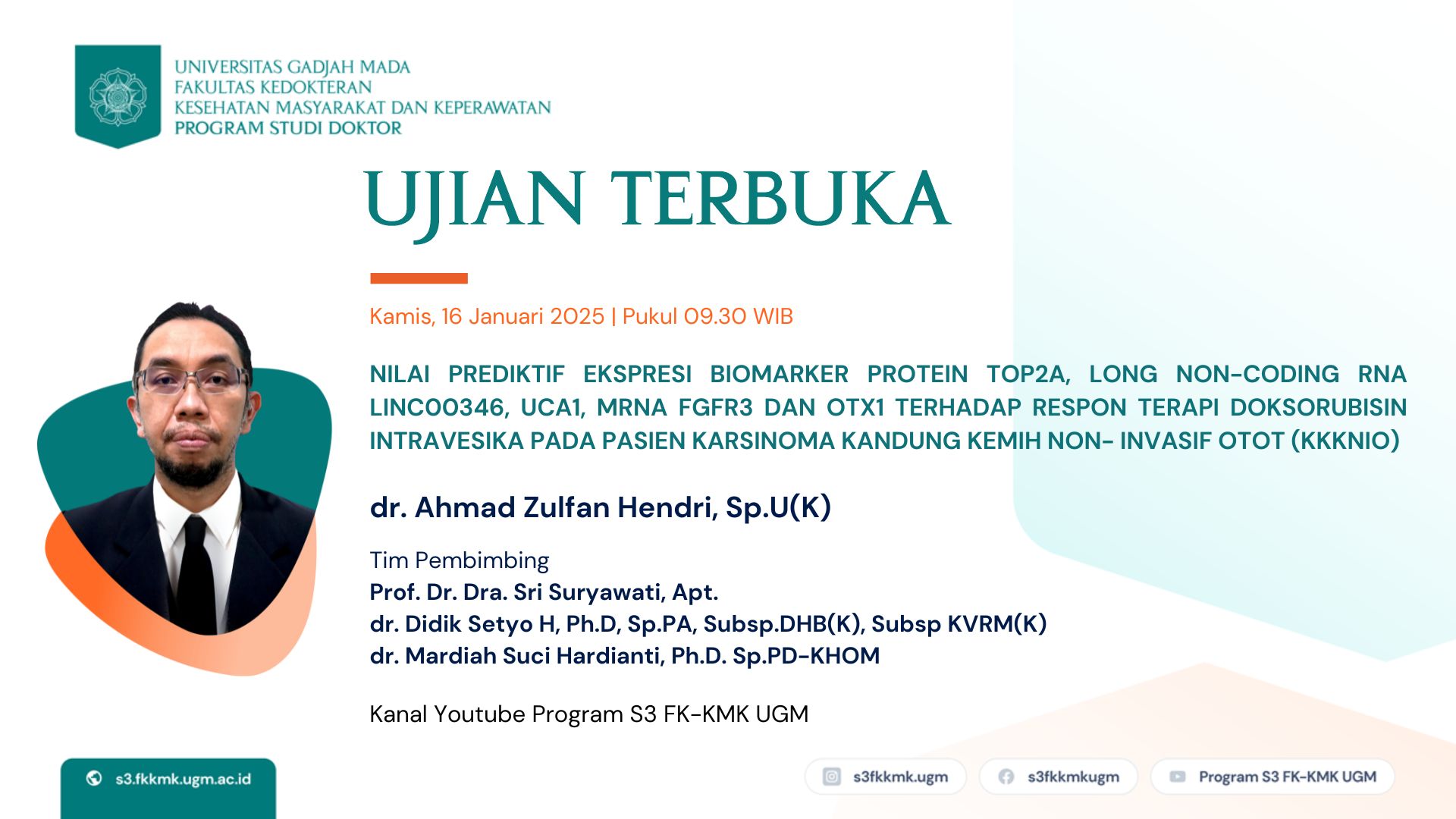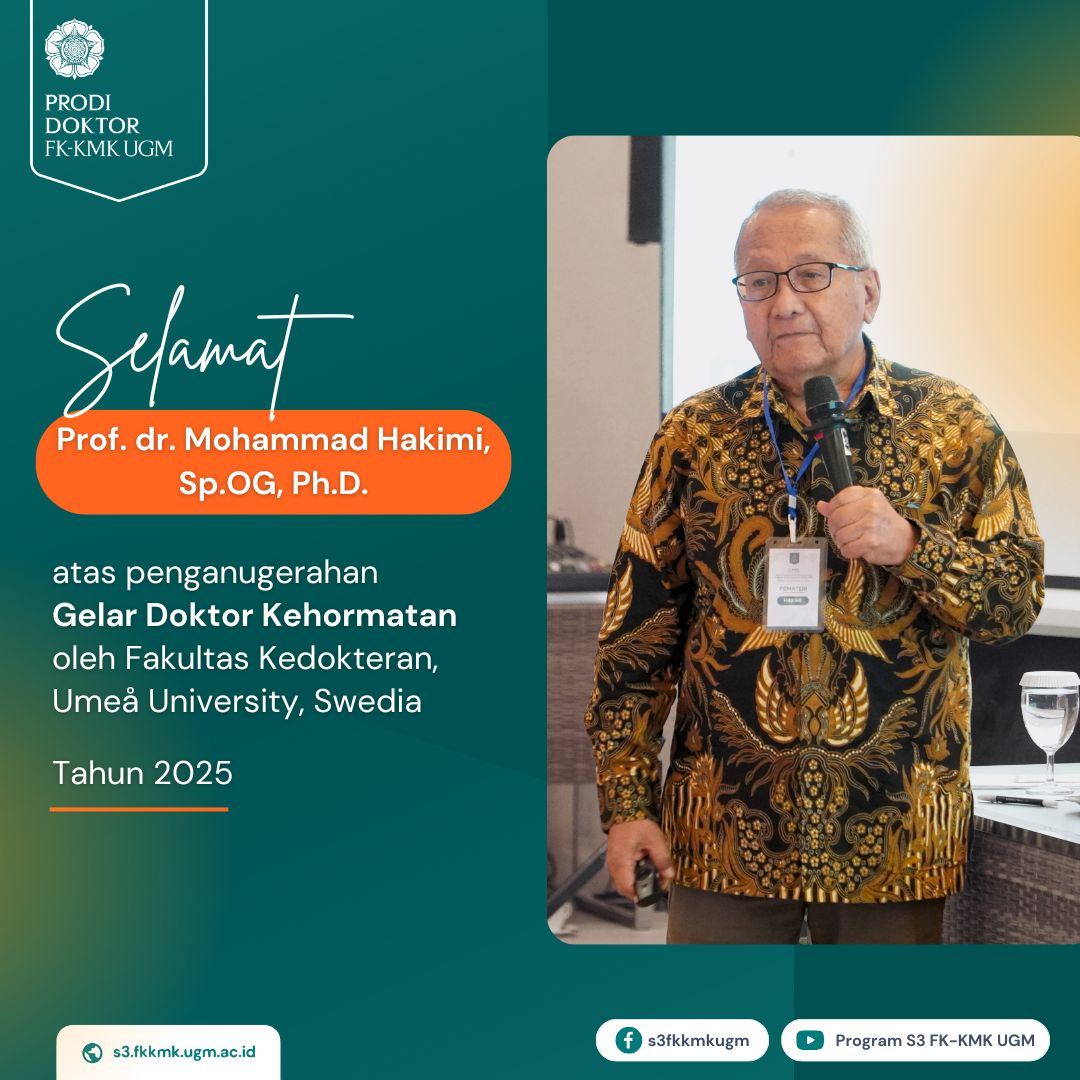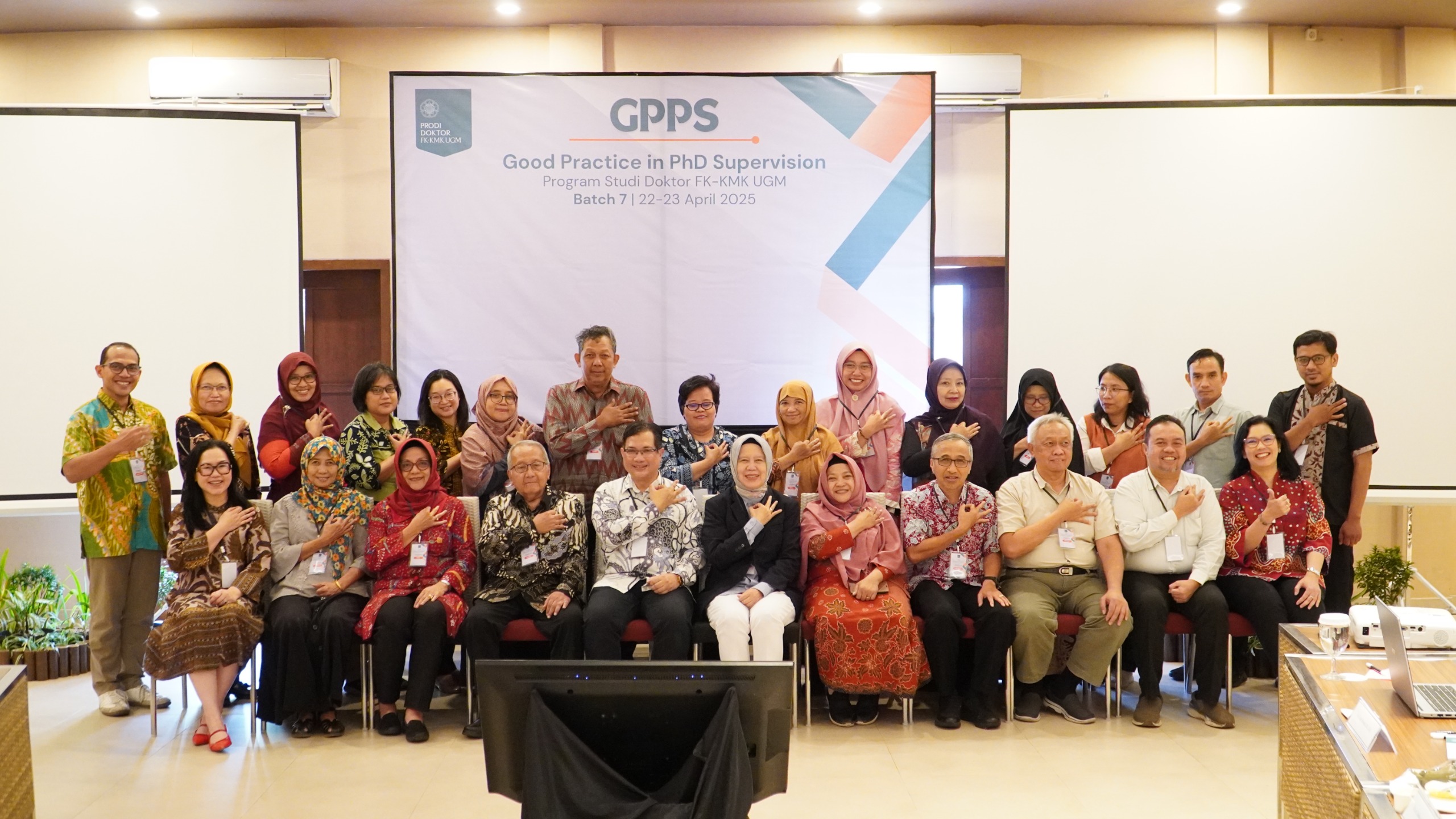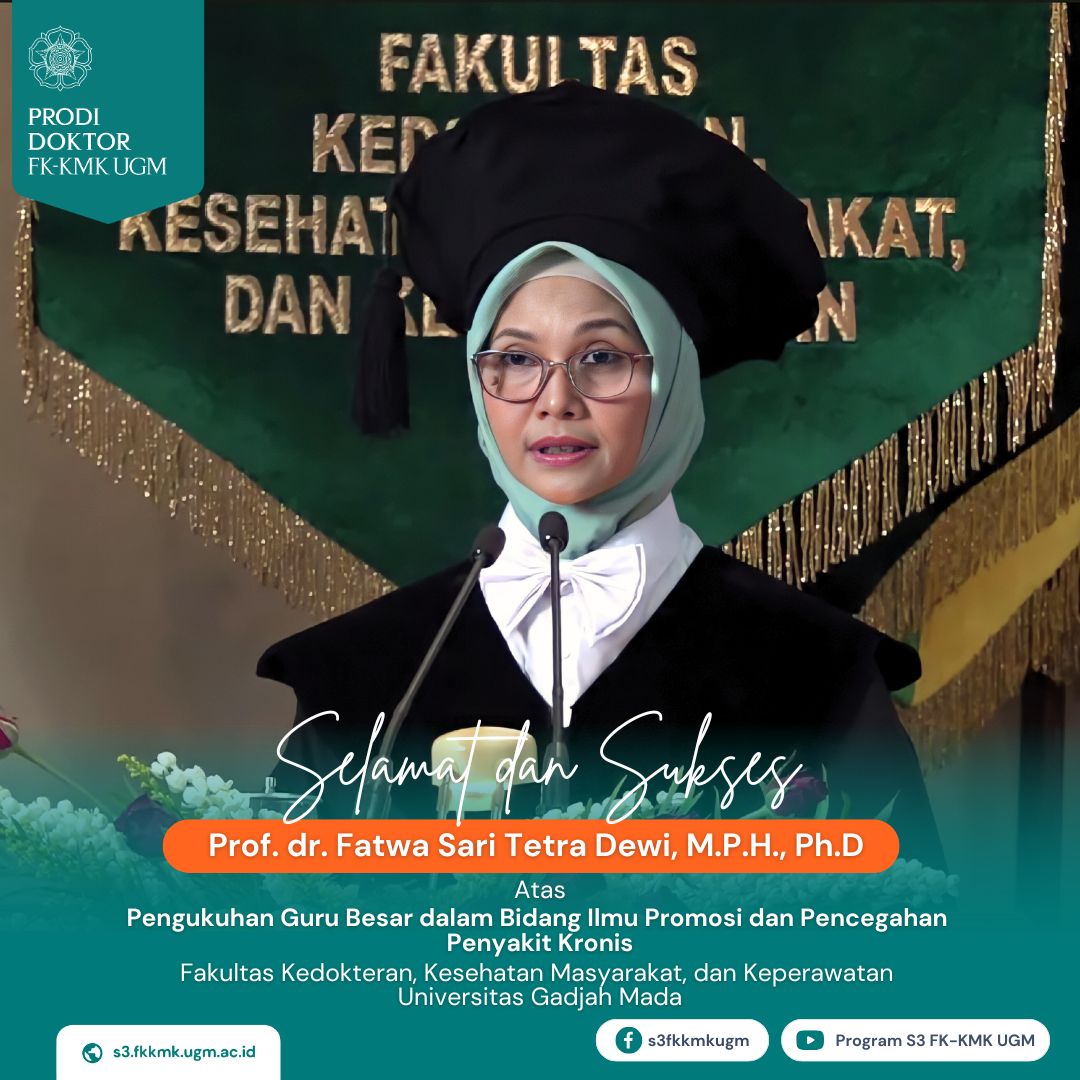Andina Setyawati, Mae Sri Hartati Wahyuningsih, Dwi Aris Agung Nugrahaningsih, Christanti Effendy, Firas Fneish, Gerhard Fortwengel
Introduction
Piper crocatum Ruiz & Pav (P. crocatum) has been reported to accelerate the diabetic wound healing process empirically. Some studies showed the benefits of P. crocatum in treating various diseases but its mechanisms in diabetic wound healing have never been reported. In the present study we investigated the diabetic wound healing activity of the active fraction of P. crocatum on wounded hyperglycemia fibroblasts (wHFs).
Methods
Bioassay-guided fractionation was performed to get the most active fraction. The selected active fraction was applied to wHFs within 72 h incubation. Mimicking a diabetic condition was done using basal glucose media containing an additional 17 mMol/L D-glucose. A wound was simulated via the scratch assay. The collagen deposition was measured using Picro-Sirius Red and wound closure was measured using scratch wound assay. Underlying mechanisms through p53, αSMA, SOD1 and E-cadherin were measured using western blotting.
Results
We reported that FIV is the most active fraction of P. crocatum. We confirmed that FIV\(7.81 µg/ml, 15.62 µg/ml, 31.25 µg/ml, 62.5 µg/ml, and 125 µg/ml) induced the collagen deposition and wound closure of wHFs. Furthermore, FIV treatment (7.81 µg/ml, 15.62 µg/ml, 31.25 µg/ml) down-regulated the protein expression level of p53 and up-regulated the protein expression levels of αSMA, E-cadherin, and SOD1.
Discussion/conclusions
Our findings suggest that ameliorating collagen deposition and wound closure through protein regulation of p53, αSMA, E-cadherin, and SOD1 are some of the mechanisms by which FIV of P. crocatum is involved in diabetic wound healing therapy.
Selengkapnya:
https://www.sciencedirect.com/science/article/pii/S1319562X21007245
